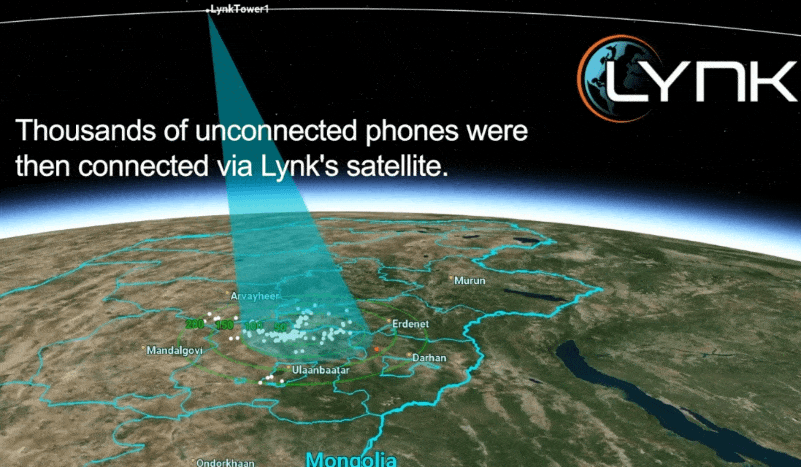Satellite-to-phone connectivity provider Lynk Global will head to the public markets via a merger with a shell company led by former professional baseball player Alex Rodriguez. The two companies confirmed the deal on Monday after announcing a non-binding LOI with Rodriguez’s special purpose acquisition company (SPAC), Slam Corp, in December. According to an investor presentation […]
© 2024 TechCrunch. All rights reserved. For personal use only.
Satellite-to-phone connectivity provider Lynk Global will head to the public markets via a merger with a shell company led by former professional baseball player Alex Rodriguez.
The two companies confirmed the deal on Monday after announcing a non-binding LOI with Rodriguez’s special purpose acquisition company (SPAC), Slam Corp, in December. According to an investor presentation filed with regulators, the deal could give Lynk a $913.5 million post-money valuation.
Much of the capital from the transaction will not come from the SPAC itself, however. In that same presentation, Lynk says around $800 million of the new capital will come from existing shareholder equity rollover, $110 million from private-investment-in-public-equity (PIPE), and a scant $25 million from cash held in-trust by the SPAC.
Lynk, which has already entered some international commercial markets including Palau, is looking to compete on an even larger scale with initiatives like Starlink’s emerging sat-to-cell, Apple’s Globalstar partnership, and AST Space Mobile (which completed its own SPAC merger in April 2021). Lynk has launched eight satellites that it calls “cell towers in space,” but it ultimately plans to operate a constellation of 5,000 birds in low Earth orbit. The next two are anticipated to launch in March.
The company is hoping that its patented technology — which is compatible with any unmodified cell phone, even those operating on 2G networks — will be able to compete with these larger and better-capitalized players. The business model is also a little different: Lynk plans to contract with mobile network operators (MNOs) and telecom providers, and these partnerships will help the company leverage these firms’ existing spectrum rights in orbit.
“We aim to position Lynk as the trusted wholesale provider to MNOs, not direct to consumer,” The company explains. “Lynk’s technology can allow MNOs to expand network coverage while continuing to own the relationship with their subscribers.”
Essentially, Lynk would provide minimal coverage where networks have none, allowing emergency messaging and other services anywhere on the planet. Whether the networks charge extra for certain services (though emergency connectivity would always be free), or offer it as a value-add in their existing pricing, or find some other way to capitalize on the feature is up to them.
The company further says that its satellites are ready for mass production, taking just one month each to assemble now and costing around $650,000 to launch, according to the presentation.
The financing will be used to grow production to 12 satellites per month; at that rate, Lynk told investors that it aims to have 74 satellites in service by the fourth quarter of 2025, driving $175 million per month in annualized revenue.
A wave of space companies over the past two years have headed to the public markets by eschewing the traditional Initial Public Offering and merging with a SPAC instead. But the vast majority of those have badly missed their revenue projections; many, including Spire, Momentus and Satisfy were given stock exchange delisting warnings for failing to keep their stock prices above $1. Others, like Astra and Terran Orbital, merely faced the threat of delisting.
Slam Corp has also had its own troubles: despite the company raising $575 million from public investors in February 2021, it has since had to return the vast majority of those funds due to ongoing shareholder redemptions after the company failed to find a promising merger prospect. Lynk anticipates just $25 million from that trust, which assumes a 96% shareholder redemption rate.
But despite these track records, Lynk plainly sees a different future for itself on the Nasdaq. The transaction is expected to complete sometime in the latter half of the year, whereupon Lynk will trade under the ticker symbol $LYNK.

Leave a Reply